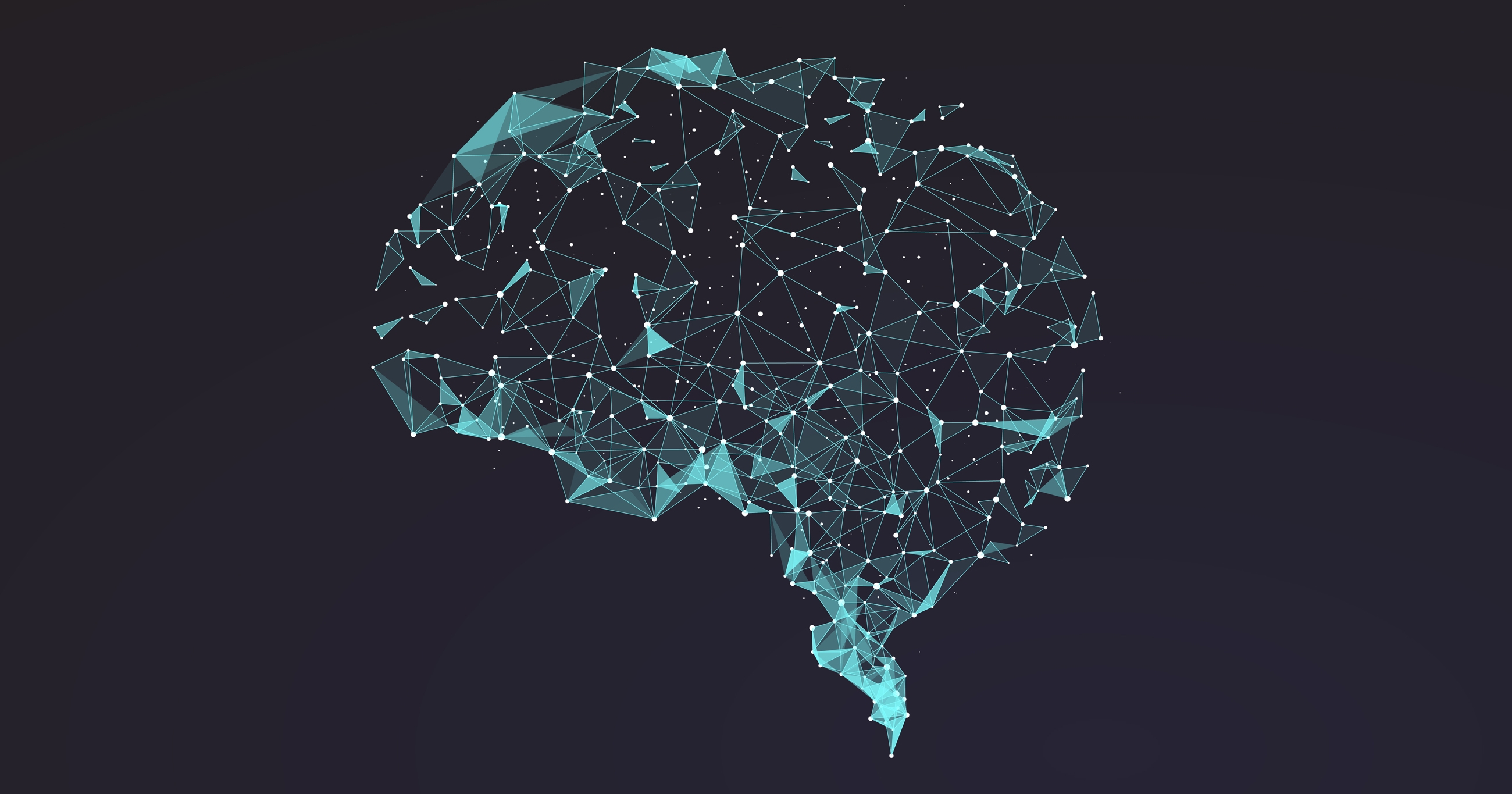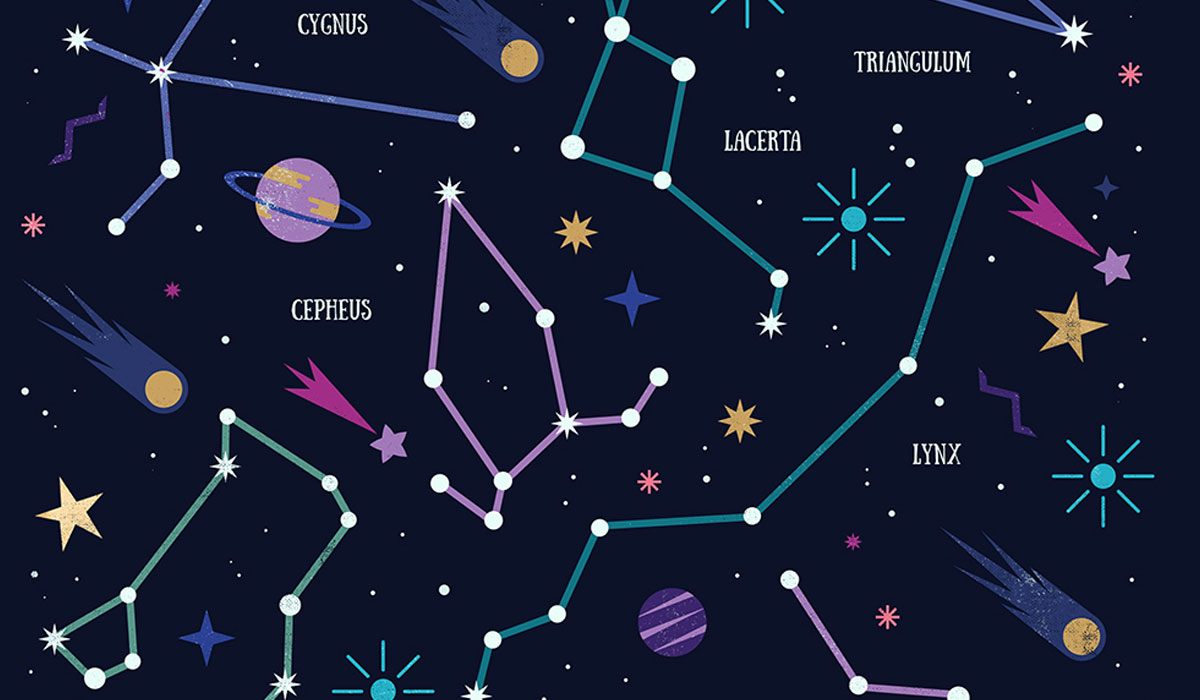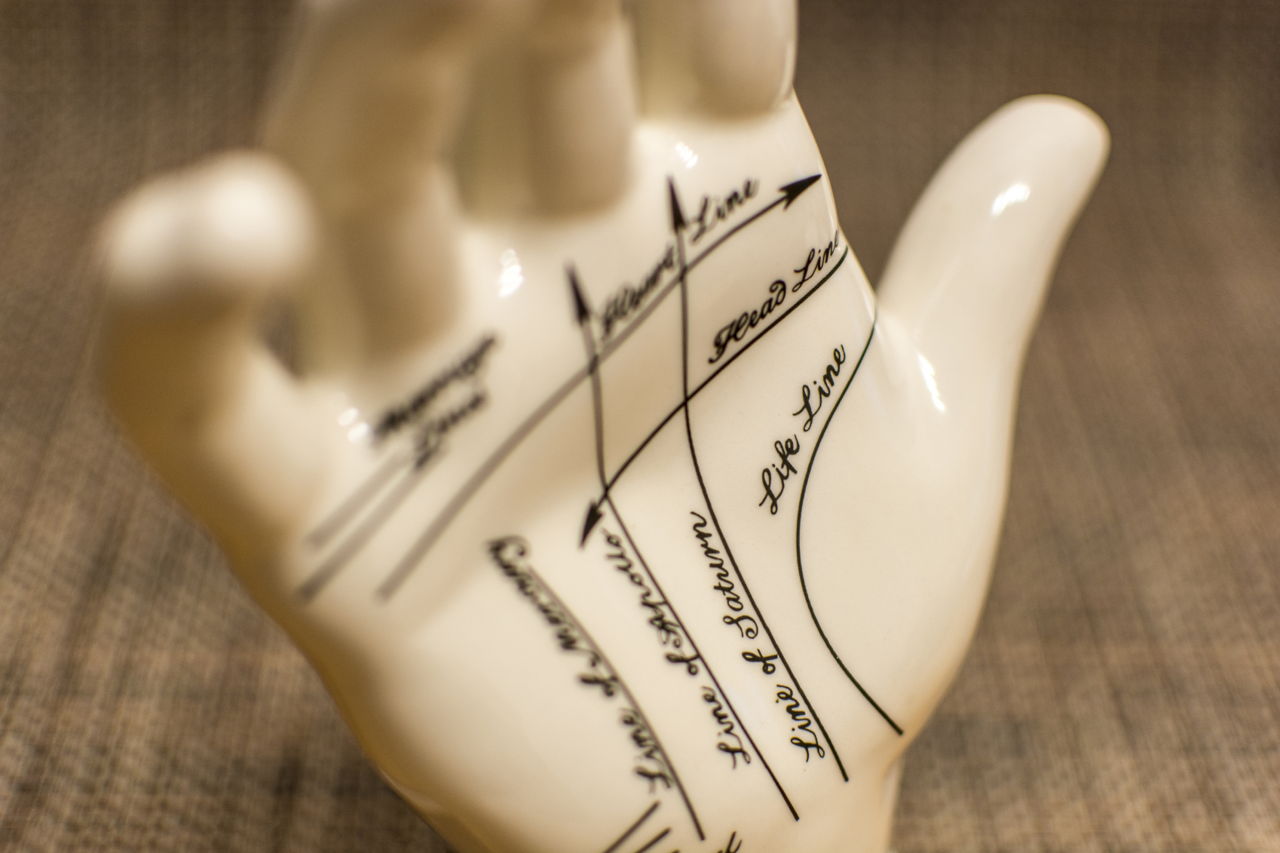Blogs
The transdiagnostic approach to anxiety: the case is made (again!) –e1
My scholastic vocation started in 1994 with a PhD on social fear with Professor David M. Clark. He acquainted me with his model, his trial approach, his remedial work, and he guided me loyally through to consummation. Amid this time, I saturated myself with the various research on different tension issue: freeze issue, agoraphobia, post-horrendous pressure issue, particular fear, OCD, and summed up uneasiness issue. There was masses of this examination distributed! What’s more, everything appeared to state a similar thing; on edge individuals make calamitous elucidations of their encounters and they constantly get things done (maintain a strategic distance from circumstances, stress, stifle feelings) that keep them from testing these convictions.
Forward breeze 24 years and I can reveal to you where this has driven, by and by, for me. I am persuaded that the center of what makes anybody look for help for any emotional wellness issue is that they are encountering endless uncertain clash between their life objectives that has undermined the control they require over their life. Regardless of whether a man stresses a great deal, keeps away from circumstance, recognizes dangers around them, this is just an issue on the off chance that it hinders what they need throughout everyday life.
Thus, overlook the names of all these extravagant psychological and social procedures, and every one of those psychodynamic protections. An advisor simply needs to center wholeheartedly around their customer, and help the customer to disentangle a path round the counterproductive things they are doing, and the conundrums of how to adjust their needs, and simply keep them centered there for whatever length of time that they reveal to you they require, to have any kind of effect. None of this requires an analysis, and none of it is particular to uneasiness issue. I have attempted to express this in an open route appropriate here, however it is upheld by logical hypothesis and proof (Alsawy et al., 2014). Along these lines, who might have felt that the most moral, useful and monetarily effective approach to assist individuals with psychological wellness issues would likewise have the best fit with the science!
The audit by Peter Norton and Daniel Paulus is arranged some place along this way from a method for giving intellectual treatment that is fixing to the expert’s finding of the patient, to a completely general methodology that puts the command over the procedure of treatment in the hands of the customer inside a setting that stretches well past the specialist’s office.
On edge individuals make cataclysmic understandings of their encounters and they routinely get things done (keep away from circumstances, stress, smother feelings) that keep them from scrutinizing these convictions.
On edge individuals make disastrous understandings of their encounters and they constantly get things done (keep away from circumstances, stress, smother feelings) that keep them from scrutinizing these convictions.
Techniques
Norton and Paulus have adopted an account survey strategy, which implies they draw together an extensive variety of proof to put forth a specific defense. This is completely proper in light of the fact that the sort of proof they expected to survey was so wide. They cover the different imperative highlights of tension determinations, (for example, regardless of whether they are solid, stable after some time, happen together), and in addition the hereditary, social and parental birthplaces, the mental procedures and mind frameworks, and additionally how effectively individuals can recoup from various nervousness issue with treatment.
Results
If you somehow happened to peruse the theoretical just, the survey by Norton and Paulus may appear to be very uncontroversial. Be that as it may, nothing could be further from reality.
Basically, they have scoured the writing to give an indisputable case that a large portion of the elements engaged with uneasiness issue are shared over these scatters, and not particular to any analysis. Truth be told, they point to confirm that a sizeable extent of individuals may move starting with one uneasiness issue determination then onto the next each two to six years.
The proof focuses to a typical hereditary inclination, a typical experience of how they were parented as a tyke, and also the same mental procedures, for example, stress and evasion. It is clear however that the subjects of the worries in various tension issue are extraordinary; feelings of dread of being rejected and mocked in social fear versus fears of inevitable fall or breakdown in freeze issue, for instance. This may clarify why the audit recognized some proof for contrasts in the cerebrum frameworks that are more dynamic in individuals with various clutters. Norton and Paulus at that point round up the article with their own transdiagnostic model of uneasiness; grounded inside the psychological social area.
This audit gives an undeniable case that the vast majority of the elements associated with tension issue are shared over these scatters, and not particular to any determination.
This survey gives an undeniable case that the majority of the components associated with nervousness issue are shared over these clutters, and not particular to any determination.
Ends
The creators state (p133):
Maybe above all, the dominance of the epidemiological, analytic, hereditary, neurological, formative, psychological, and social proof inspected here propose far higher degrees of comparability than contrast among the tension issue, consequently raising doubt about the legitimacy, utility, and motivation behind holding a symptomatic substructure inside the uneasiness issue. Accordingly, a transdiagnostic model of tension shows up not exclusively to be best bolstered by most (however not all) information at various levels of investigation, but rather likewise better lined up with the quest for our field at the present phase of improvement.
Norton and Paulus likewise bring up that despite the fact that some analytic contrast are discovered, these distinctions were not important to their motivations, apparently to comprehend the idea of uneasiness all around ok to give the best mediation to help recuperation. They utilize a flawless ordinary precedent to put forth their defense. We would all be able to see the contrasts between an Adirondack deck seat and a dark calfskin relax seat. Be that as it may, these distinctions are not applicable to the reason for finding a seating territory for visitors at a gathering. In the event that one has an alternate reason; to sunbathe on a hot day, at that point their disparities are more important. I think this inquiry of ‘reason for existing’ is totally basic, and this is at the core of what I see as the qualities and restrictions of the audit.
A transdiagnostic model of uneasiness shows up not exclusively to be best bolstered by most (however not all) information at different levels of investigation, but rather likewise better lined up with the quest for our field at the present phase of advancement
A transdiagnostic model of nervousness shows up not exclusively to be best bolstered by most (however not all) information at different levels of investigation, but rather likewise better lined up with the quest for our field at the present phase of improvement.
Qualities and impediments
The extent of the survey is its most prominent quality. It has aggressively secured every one of the zones important to nervousness, from whatever your expert intrigue. I was extremely acquainted with their contentions, however to see the absolute most convincing contemporary proof across the board put, is critical. Everything written in the audit is clear, proof based, and fittingly adjusted, and they composed sufficiently only to suit their motivations. In any case, was the motivation behind the audit, the most appropriate reason for the field of emotional wellness? I think not, and this is the place I swing to what the survey forgot.
In the first place, to be reasonable, I feel that the peruser ought to get the chance to see the case that is being made by different scholastics and emotional well-being experts for an analytic methodology. What contentions are being made, and what are their proof? It is conceivable, resounding the seat relationship, that there are purposes for which an analysis is favorable position contrasted with a transdiagnostic approach. We should hear these cases and react to them.
Second, while I can see the quality in concentrating on the strong proof base inside tension issue, this limitation does little to propel a genuinely transdiagnostic approach. Nervousness issue are one of almost two dozen unique groupings of emotional well-being issues. It appears a dreadful waste given that my partners and I officially settled the proof for a transdiagnostic approach over all grown-up emotional well-being issues 14 years prior (Harvey et al., 2004), though inside the proof for psychological and conduct forms. Tension manifestations are experienced by individuals with most emotional well-being issues. Indeed, even diagnosable uneasiness issue are available in the lion’s share of individuals looking for treatment with different determinations, for example, bipolar turmoil and psychosis.
Third, the audit makes an amazing logical case for the transdiagnostic approach, however shouldn’t something be said about the items of common sense, the financial matters and the morals? I would say, these contentions are at any rate as solid as the logical ones. It takes immense measures of assets to prepare experts in perceiving particular determinations and adapting all the diverse treatment models. It requires the customer’s investment to achieve a precise conclusion, which while valuable to a few, can be demonizing to other people. What’s more, who should figure out what to discuss in treatment? Doubtlessly it is the most moral decision to surrender that over to the customer, and not restrict it to what is viewed as applicable by their determination?





















